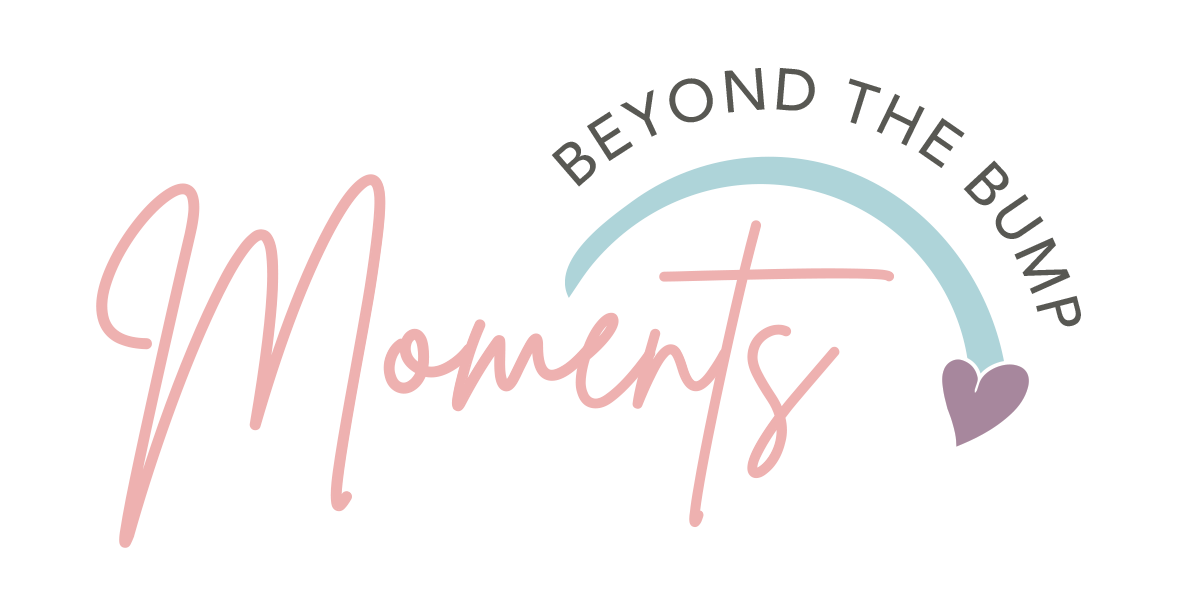Why Short Naps Are So Common
You finally get the baby down for a nap. You make a cup of coffee, sit down for 30 seconds, and… they're awake again.
Sound familiar?
If you’re stuck in a cycle of short naps, you’re not alone. Catnaps (typically under 45 minutes) are very common, especially in the first 6 months. But that doesn’t make them any less frustrating—especially when you know your baby needs more rest.
Let’s break down why short naps happen, what’s normal depending on your baby’s age, and how to gently support longer, more restorative daytime sleep.
What Counts as a “Short Nap?”
Most sleep experts define a short nap as any nap that’s less than 45 minutes. That’s because the average baby’s sleep cycle lasts about 40–60 minutes—and anything less usually means they didn’t make it through a full cycle.
So when your baby wakes after 20, 30, or 40 minutes? That’s likely a sign they’re having trouble connecting sleep cycles and resettling on their own.
Why Short Naps Happen
There are a few major reasons your baby might be stuck in a catnapping cycle:
1. They’re Too Young for Consistency
In the first 3–4 months, short naps are completely normal. Newborn sleep is super fragmented and heavily driven by reflexes, hunger, and day/night confusion. If your baby is still little, focus less on stretching naps and more on offering them frequently.
2. They’re Overtired or Undertired
Timing matters! If your baby is awake too long (overtired) or not long enough (undertired), falling into a deep nap is much harder. It’s a sweet spot—and it’s constantly shifting with age.
3. They’ve Never Learned to Connect Sleep Cycles
If your baby falls asleep by feeding, rocking, or being held, they may startle awake at the end of one sleep cycle and not know how to get back to sleep independently. This is so common—and absolutely something we can work on gently over time.
4. The Environment Isn’t Optimized for Sleep
Light, noise, temperature, or motion can all disrupt sleep. Babies tend to nap longer in a quiet, dark, cool environment—especially once they’re past the newborn stage.
What’s Normal by Age
Here’s a general guide for what to expect (but remember: every baby is different!):
Age VS Typical Nap Lengths
0–3 months - 20–120 minutes, highly variable
4–6 months - 30–90 minutes; nap consolidation begins
6–9 months - 1–2 longer naps + 1 shorter catnap
9–15 months - 2 longer naps (45 mins–2 hours each)
15+ months - 1 long nap (1.5–2.5 hours)
How to Encourage Longer Naps
If your baby is past the newborn stage and still napping for just 20–30 minutes, here are some gentle, practical tips that can help:
✅ Set the Scene
Use blackout curtains, white noise, and a cool, quiet room to make the sleep space feel safe and calming.
✅ Nail the Wake Windows
Pay close attention to when your baby gets tired. Most babies under 6 months need a nap every 1.5–2.5 hours. Too much or too little awake time can sabotage the nap before it starts.
✅ Be Consistent With Where They Nap
Motion sleep (like in the car or stroller) often leads to shorter naps. If possible, aim for at least one crib or bassinet nap a day so they learn the skill in a consistent space.
✅ Practice Drowsy, But Awake
Help your baby fall asleep in their crib rather than in your arms when you’re ready. This builds the skill of connecting sleep cycles without relying on external help every time.
✅ Try a Nap Extension
If your baby wakes after 30 minutes but doesn’t seem fully rested, wait a few minutes before intervening. Sometimes a short pause gives them space to resettle.
What If Nothing Works?
Short naps are not a reflection of you doing something wrong. In many cases, they’re simply a phase your baby will outgrow as their brain matures and sleep becomes more organized.
But if it’s been weeks of short naps, and you’re stuck in a holding pattern of crankiness, fussiness, and frustration—you don’t have to figure it out alone.
Helping families build sustainable nap routines is one of my favorite things to do. With the right plan (and support!), longer naps are possible—and life feels so much better on the other side of them.
Want help navigating naps, wake windows, or nap transitions? Let’s talk. I’d love to support you and your little one through it.
